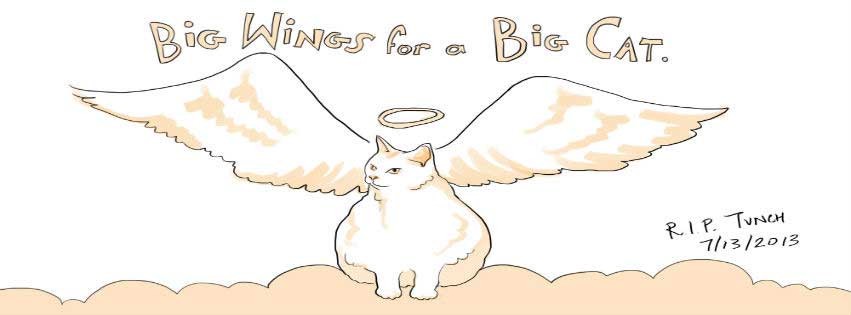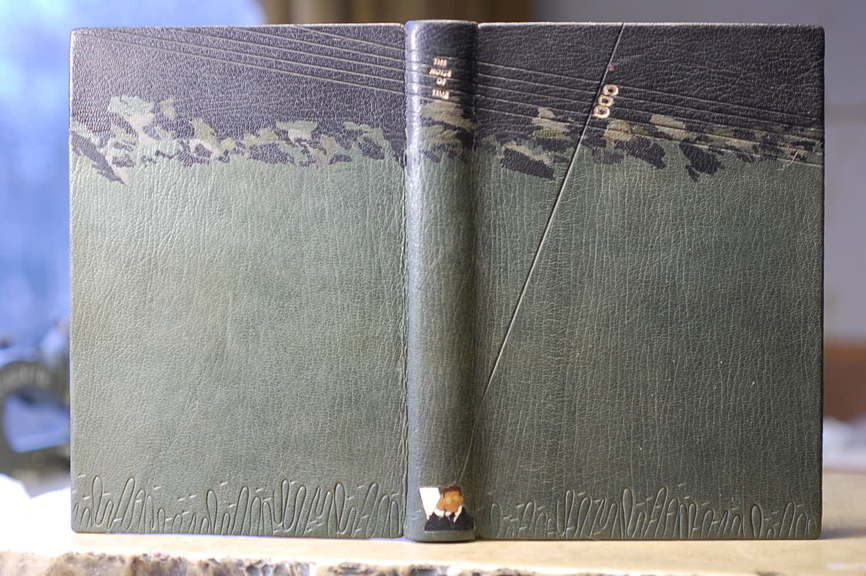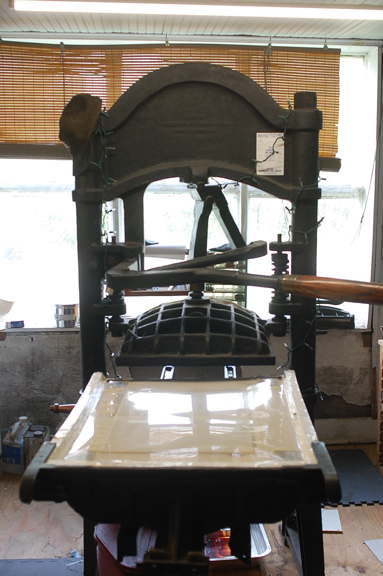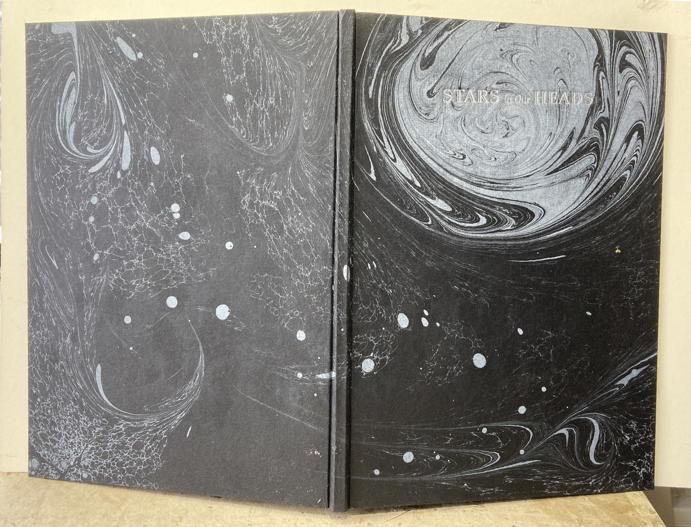If you would like your talent featured in Authors in Our Midst or Artists in Our Midst, just send me an email message and we’ll make it happen. Don’t be shy! I have no more Artists or Authors posts in the queue, so please get in touch if you would like to be featured.
Let’s give a warm welcome to PhaedrusOnBass!
Hello! This is PhaedrusOnBass (Ethan McCaffrey), inveterate lurker and occasional commenter on this wonderful site. I’ve been invited to share details on my music project’s latest release, so here they are.
Audiot Savant grew out of several bands in the Sacramento CA area in the late 1990s-early 2000s. In 2006, my vocation took me away from home often, so I had to give up the bar band thing. A couple of years later, my guitarist friend Chris Plescia and I started messing around recording songs in Chris’s garage. By 2010, we had enough material that we decided to self-publish a CD called “Work in Progress,” an all-instrumental album.
We worked through the 2010s producing more music, learning the techniques of record production and getting better at songwriting. We enlisted the help of a few friends as well to round things out. The biggest change for us was going from working together to always working apart, since I moved away from California five years ago. We now use Dropbox and Zoom to collaborate, and still create good music (at least we think so). “Murdering the Classics” is the fifth release from this project, released March 1, 2024.
Our musical influences are all over the place, and Chris and I are different enough that the music draws from both our eclectic tastes. We don’t do this for money. We just want to learn more about music production and continue to have fun exploring songwriting and playing music. We are not a “playing” band* due to our separation, but we still have a good time.
You can find our music on all major platforms worldwide. Here are a few links:
Spotify: https://open.spotify.com/artist/5QAa43IB5QqfweFFI4B2q7
YouTube: https://www.youtube.com/channel/UC3h4qUIkfBTPBClQpDn6jxA
Amazon: https://www.amazon.com/music/player/artists/B00D3HX8II/audiot-savant
Apple Music: https://music.apple.com/us/artist/audiot-savant/655153810
Website: https://writeethan.com/music/
If you subscribe to Spotify, Amazon, or Apple, the music is included with your subscription. YouTube plays are free to all. Yes, I did say we don’t do this for money, but if you feel inclined to throw us a few shekels, you can purchase the full CDs on Amazon or Apple.
Please check us out, and we hope you like what you find!
* Well, we did play one gig…with the help of some friends…in 2017…in another friend’s backyard…
PhaedrusOnBass – Murdering the Classics!Post + Comments (62)








